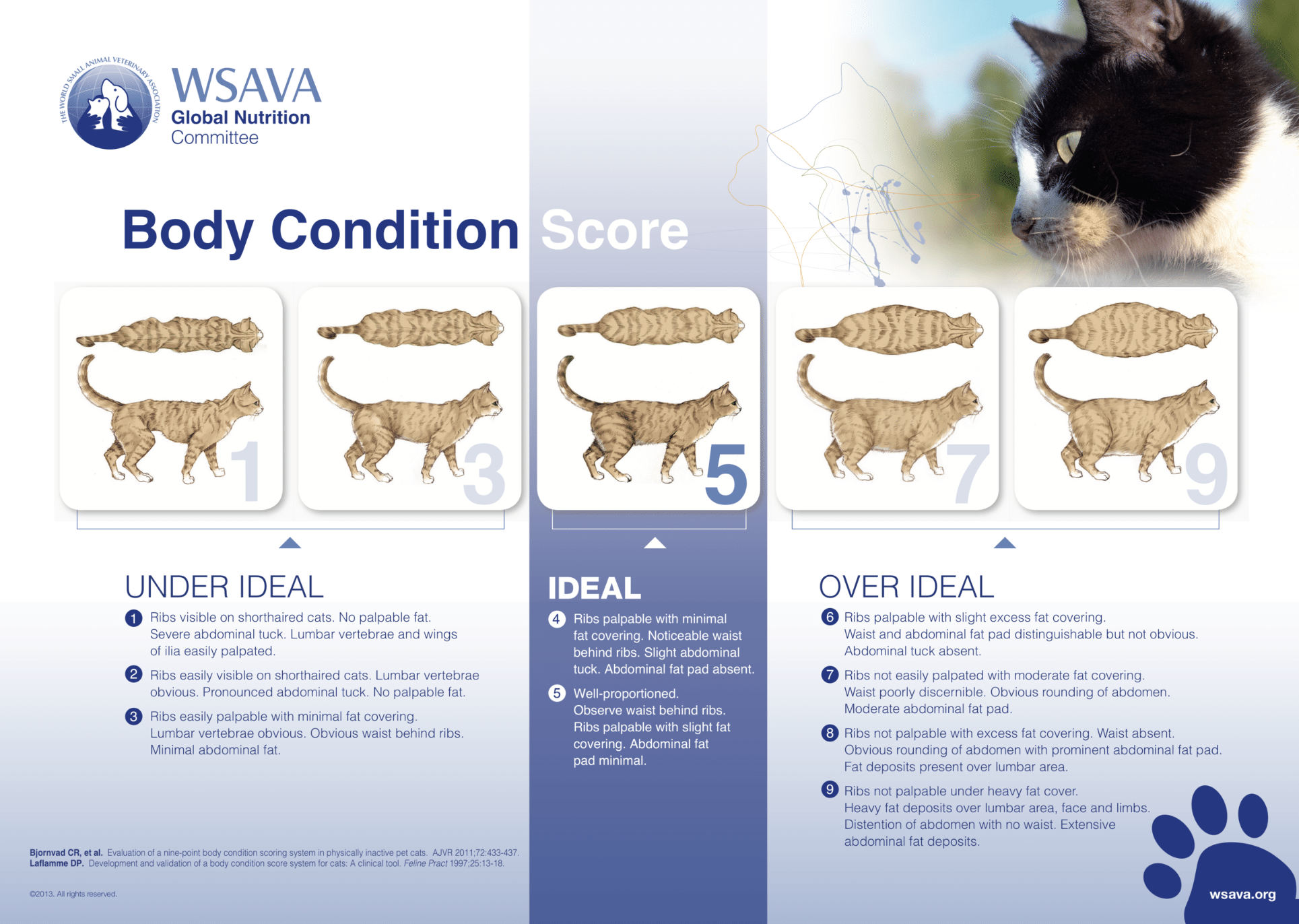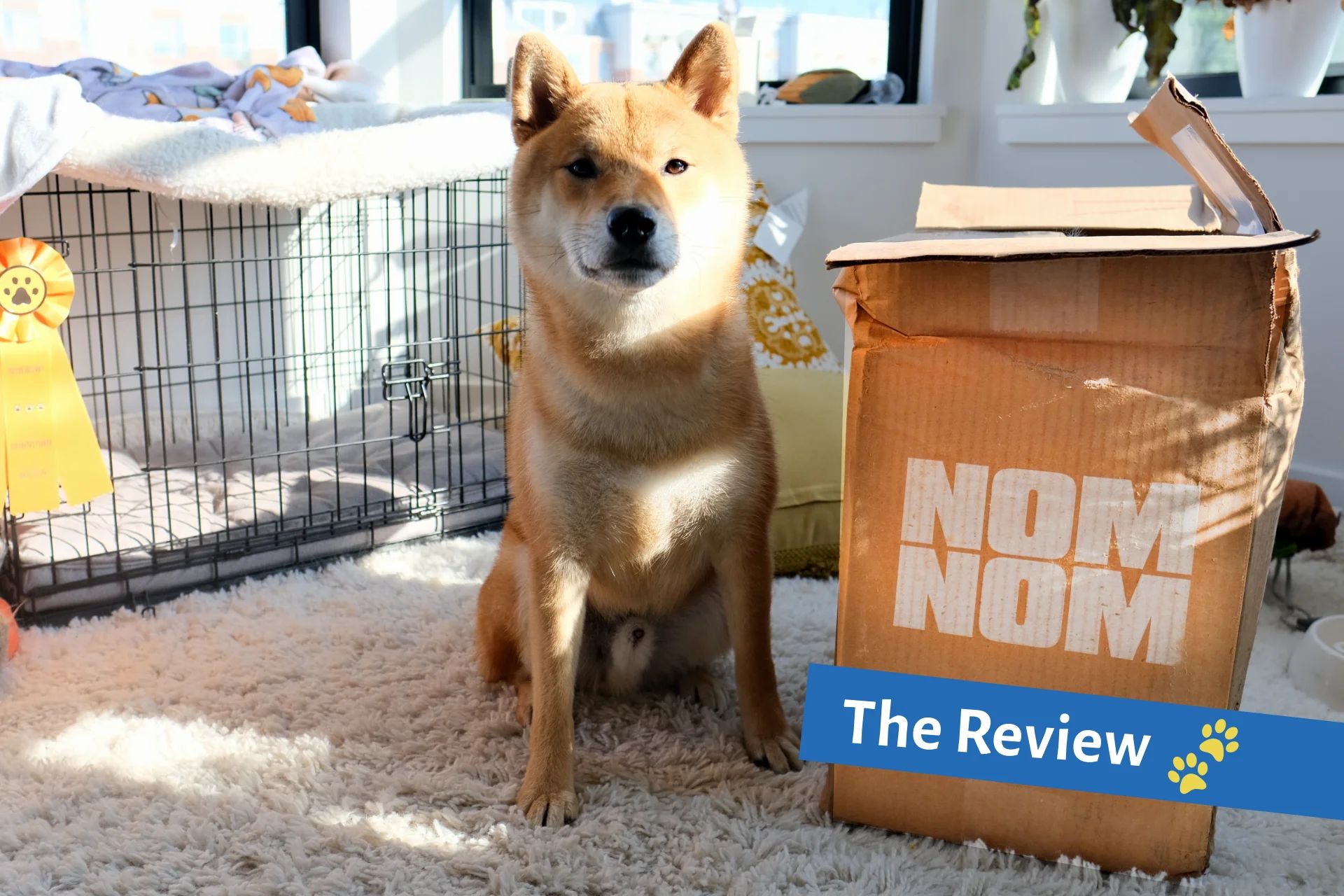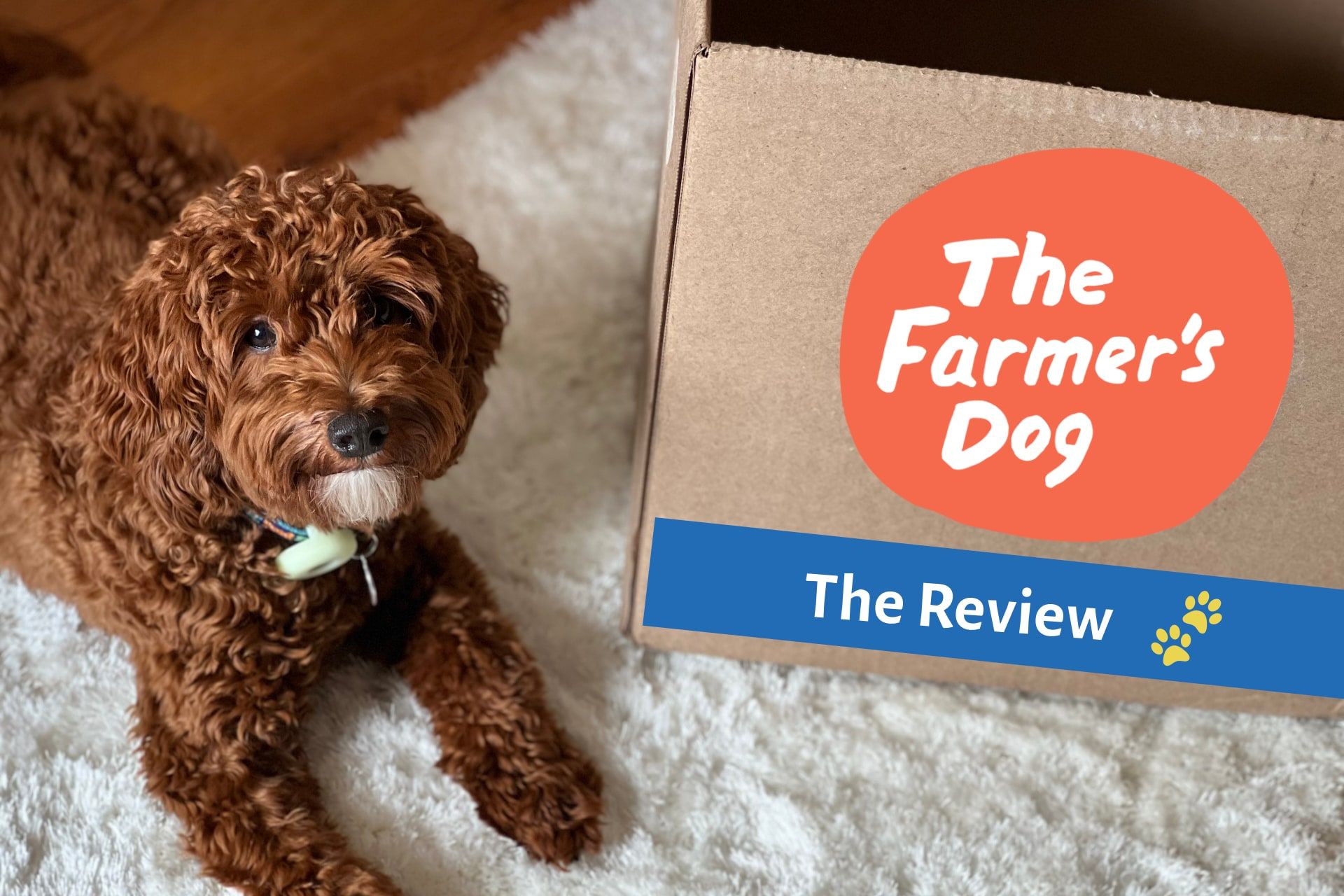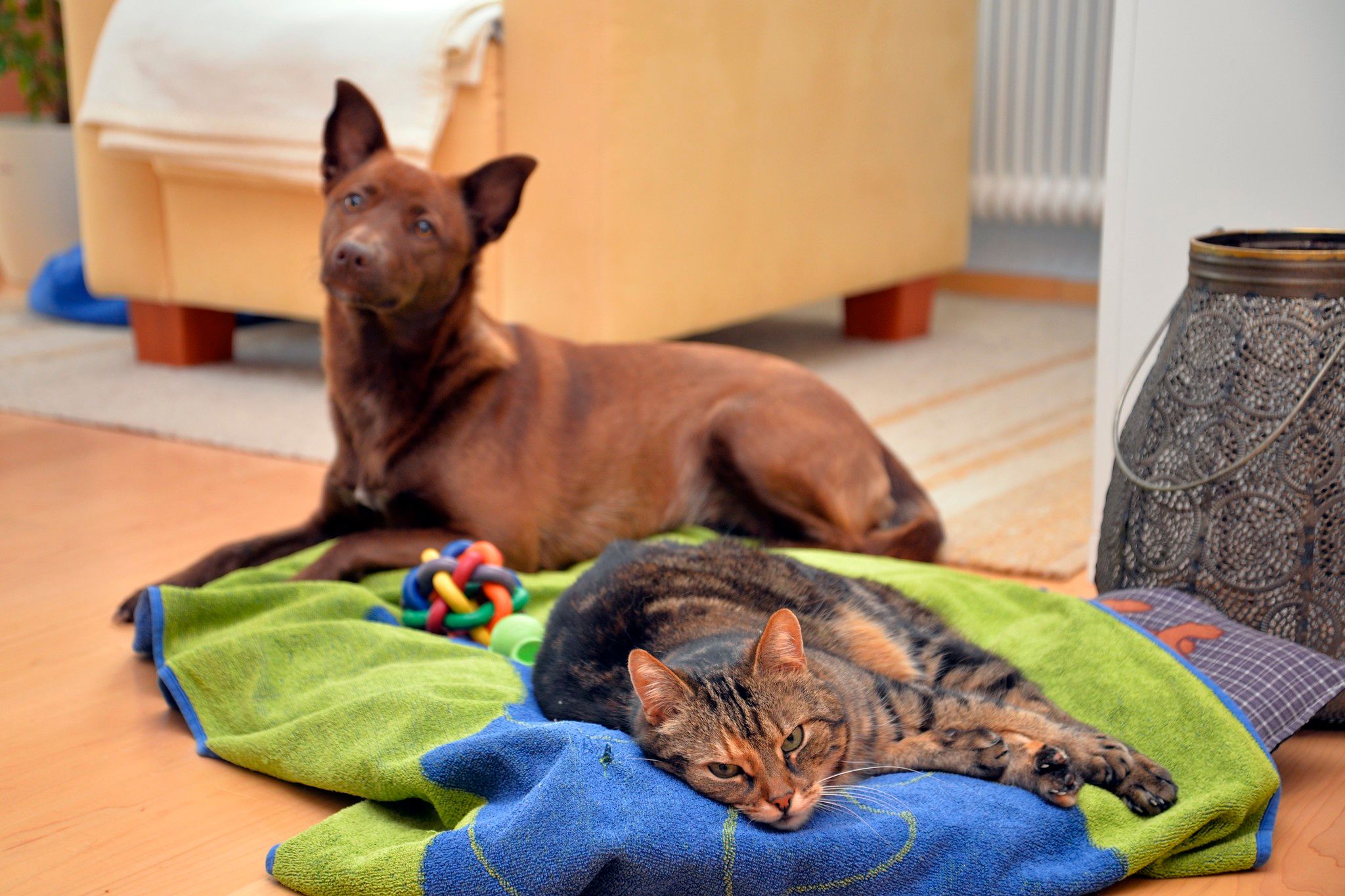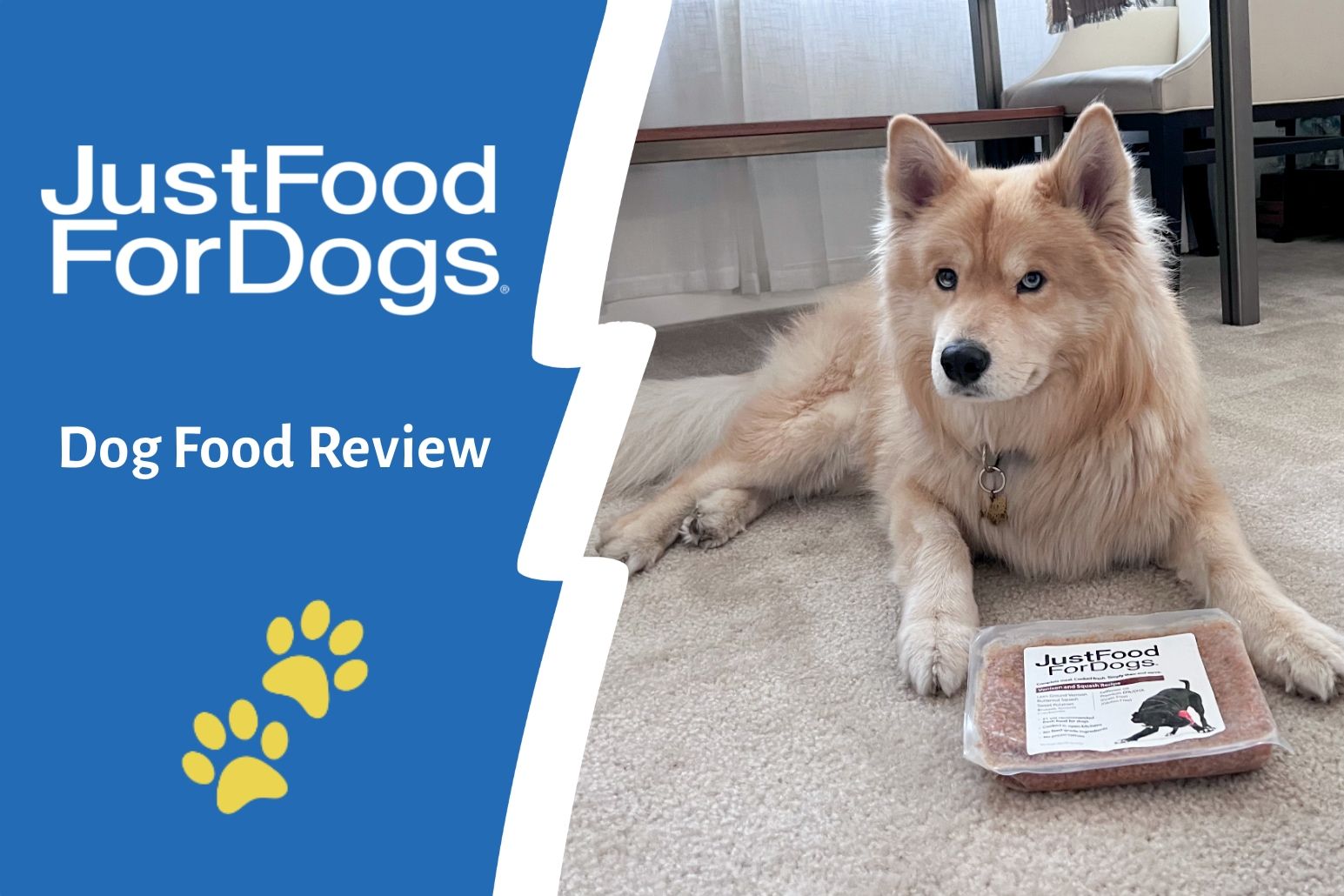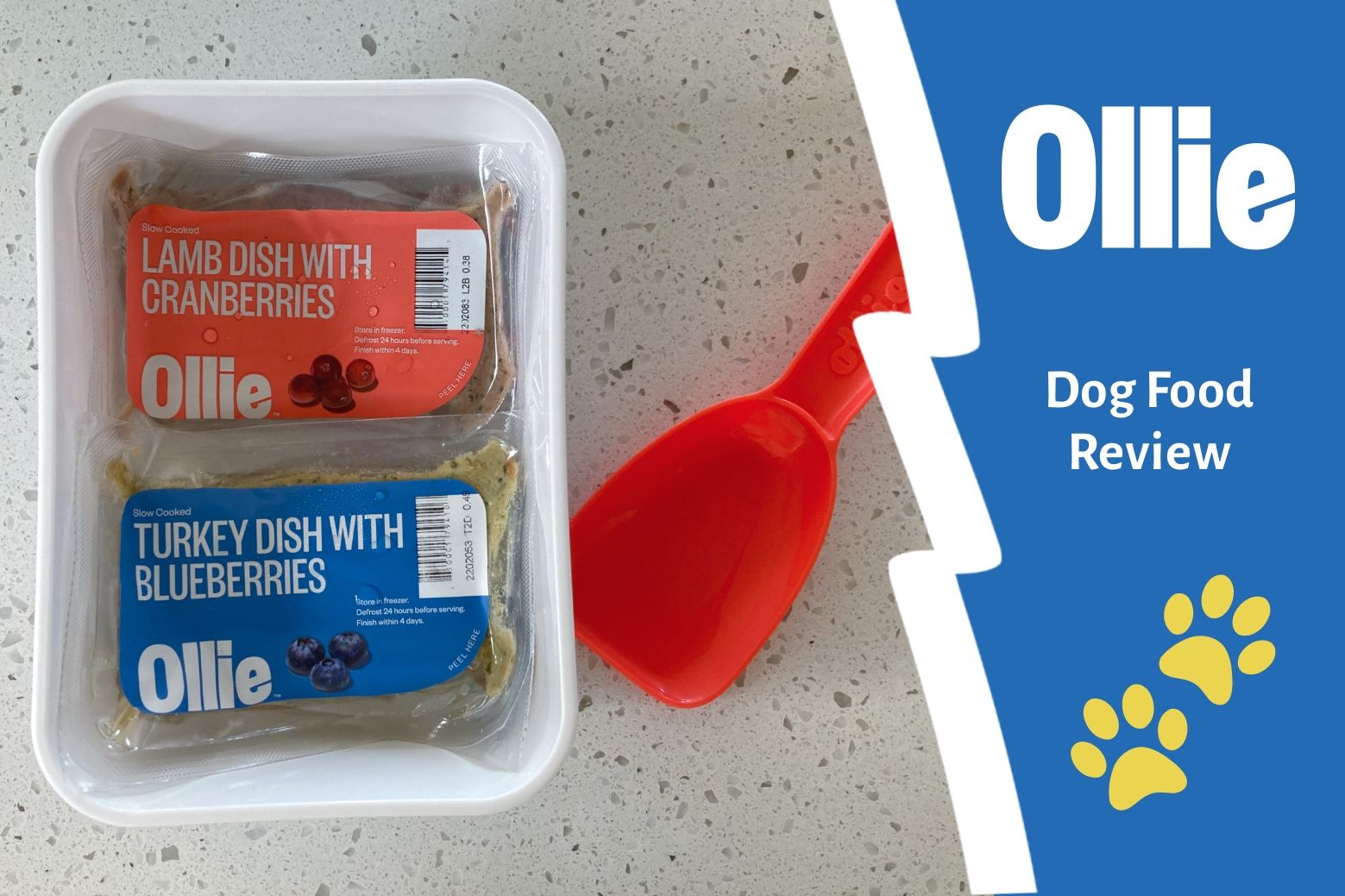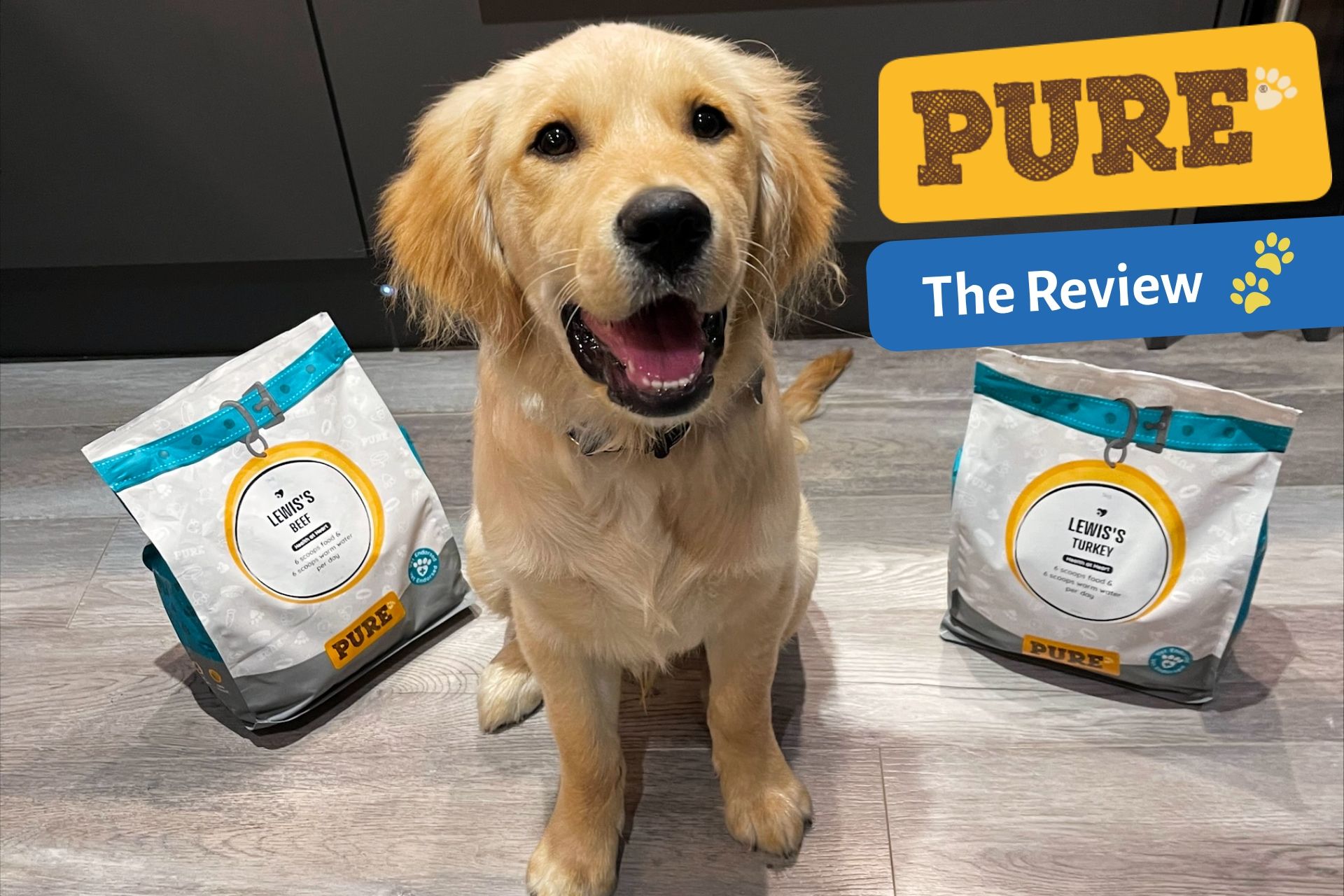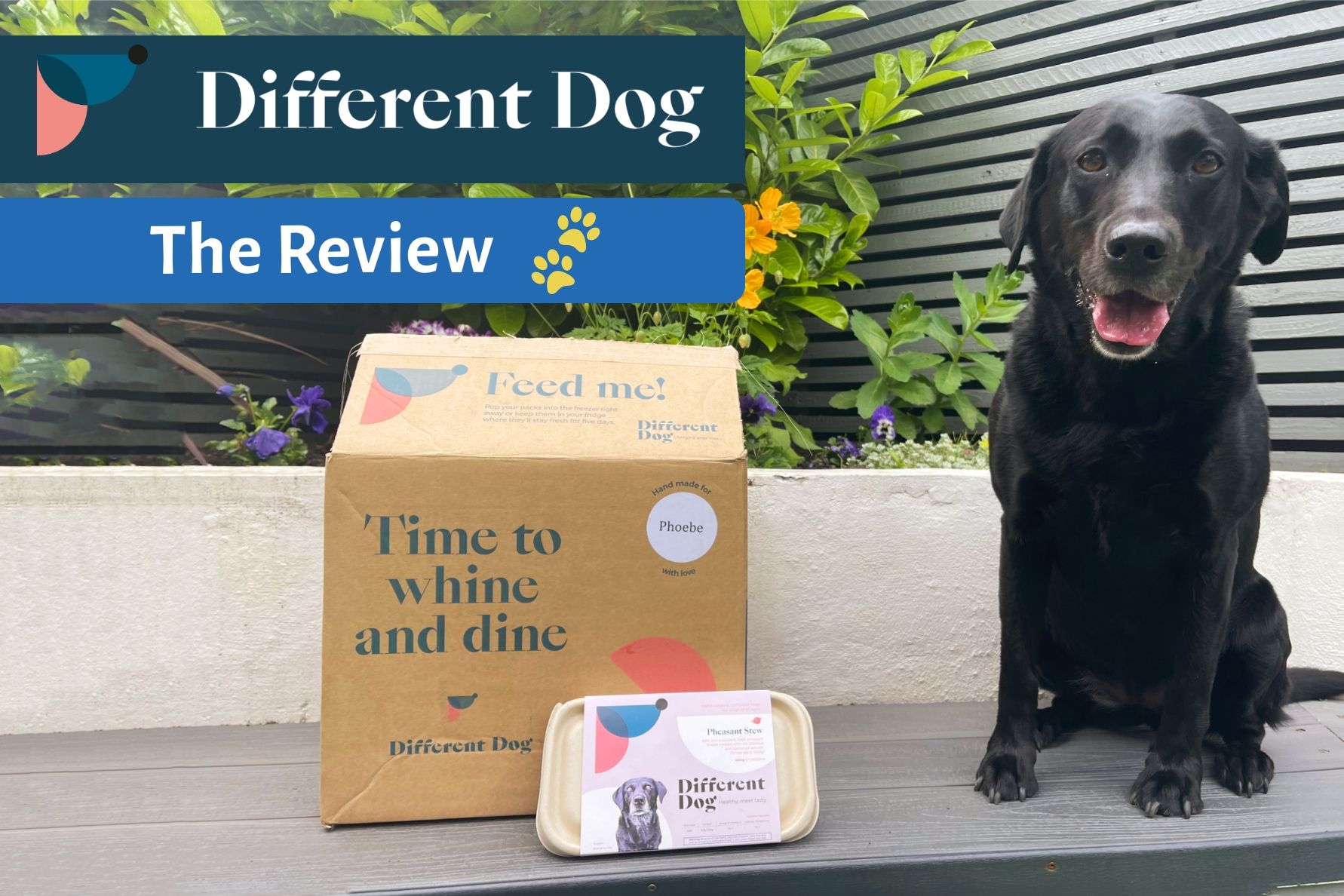Cat Calorie Requirements Calculator
Feeding your cat to an ideal body condition can help them live longer, not to mention do wonders for their general wellbeing and resilience to illness. By using our science-backed calculators, you’ll be able to:
- Estimate your cat’s calorie requirements based on their activity level, weight, and body condition score
- Determine their perfect portion size based on the calorie content of their food
Every animal is different and advice from your vet is essential in maintaining good health, but this page is a good place to start!
1. Your cat's energy requirements
How much does your cat weigh?
What is their Body Condition Score?
5: IdealIf your cat is very overweight with a BCS of 7 or above, speak to your vet about an appropriate weight loss program.
How active are they?
2. Daily serving
What is the calorie content of your cat's food?
Do you feed your cat treats?
Tip: Be honest! All supplemental food counts - dental sticks, treats, scraps off the table. It's important that at least 90% of your cat's calories come from their nutritionally complete main food.
How does the cat calorie calculator work?
Our calculators - both this one, and the version for dogs - use industry-standard formulas based on several landmark scientific studies. They work like this:
- First, we take your cat’s weight, activity level, and body condition score (BCS) to estimate their daily energy requirements (DER).
- Next, we take the calorie content of your cat’s food and use this to calculate an ideal total daily serving. We then adjust this based on whether or not you also serve treats.
If you don’t know the calorie content of your cat’s food, or are looking for a detailed nutritional breakdown so you can make like-for-like comparisons between wet and dry foods, be sure to check out our dry matter basis and calorie calculator. Remember that guidance from your vet should always be sought if you’re in doubt about your pet’s health.
The science behind the calculations for Daily Energy Requirements is available in the October 2021 edition of the FEDIAF Nutritional Guidelines. Note that the figures used in our calculator are intended for cats that are not pregnant or lactating. The FEDIAF guidelines are - in our experience - the best way to estimate the energy requirements of cats and dogs.
If the user selects a body condition score (BCS) of 3 or below, the Daily Energy Requirements are increased by 10%, while a BCS of 6 or above will subtract 10%. In more severe cases of malnutrition or obesity, feeding amounts may need to be adjusted more significantly.
Why is a correct portion size so important?
A study by the Association for Pet Obesity Prevention found that over 59% of cats in the United States are overweight or obese. Many cat owners have never taken the time to figure out their pet’s specific calorie requirements, and so allow them to eat whenever they like. You might even think your chubby cat is cute - it just makes them extra cuddly, right? However, as little as two pounds above a cat’s ideal weight can put them at risk of a number of medical conditions:
- Osteoarthritis: Carrying extra weight puts additional stress on a cat’s joints.
- Kidney disease: Obesity can make it harder for dogs to breathe, especially during physical activity, leading to shortness of breath and a decrease in stamina.
- Type 2 diabetes: Obese cats are three times more likely to develop this condition
- High blood pressure: Obesity can lead to high blood pressure and other heart-related issues, putting a strain on the cat’s cardiovascular system.
- Decrease in life expectancy: Studies have repeatedly found that obesity in cats is associated with an increased risk of certain cancers, and with a shortened life span.
The opposite is also true: cats that are fed too little can become underweight and suffer from malnutrition. What’s more, a cat that is overweight will still need to eat - cats that go for several days without eating at all can be at risk of a fatal liver disease known as Hepatic lipidosis, or fatty liver syndrome.
For this reason, it’s our responsibility as pet owners to ensure that our cats are getting the right amount of the right food. It’s not just about extending their lives, but also about ensuring that the years they have are happy and healthy.
How to accurately weigh your cat or kitten
Accurately weighing your cat - and monitoring their body condition score, as described below - is an important part of monitoring their overall health and wellbeing. As well as monitoring the effectiveness of a weight loss plan, it can be also a great way to spot early warning signs for other medical conditions. It’s particularly important during the rapid growth of kittenhood.
Weighing a cat at home is usually easier than weighing a dog, mostly thanks to how cats are generally happy to sit in a box or basket! Simply place your cat in their basket or a box, and place the box on your bathroom scales. Then weigh the box on its own, and subtract that from the combined reading. Note that a digital scale is ideal, as it makes this process easier and provides more accurate readings.
You should aim to weight your cat when they are calm and relaxed, after they’ve been fed, and after they’ve had a chance to use the litter box. Additionally, it’s a good idea to weigh your cat at the same time each day to ensure consistency.
How can I tell if my cat is overweight?
The Body Condition Score (BCS) is a numerical rating system that ranges from 1 to 9, and which is used to evalulate whether a cat is underweight, a normal weight, or overweight. A BCS of 4 or 5 is considered ideal. Assessing your cat’s BCS involves visually inspecting their body and running your hands around their ribs and waist to determine which of the 9 levels they fall into:
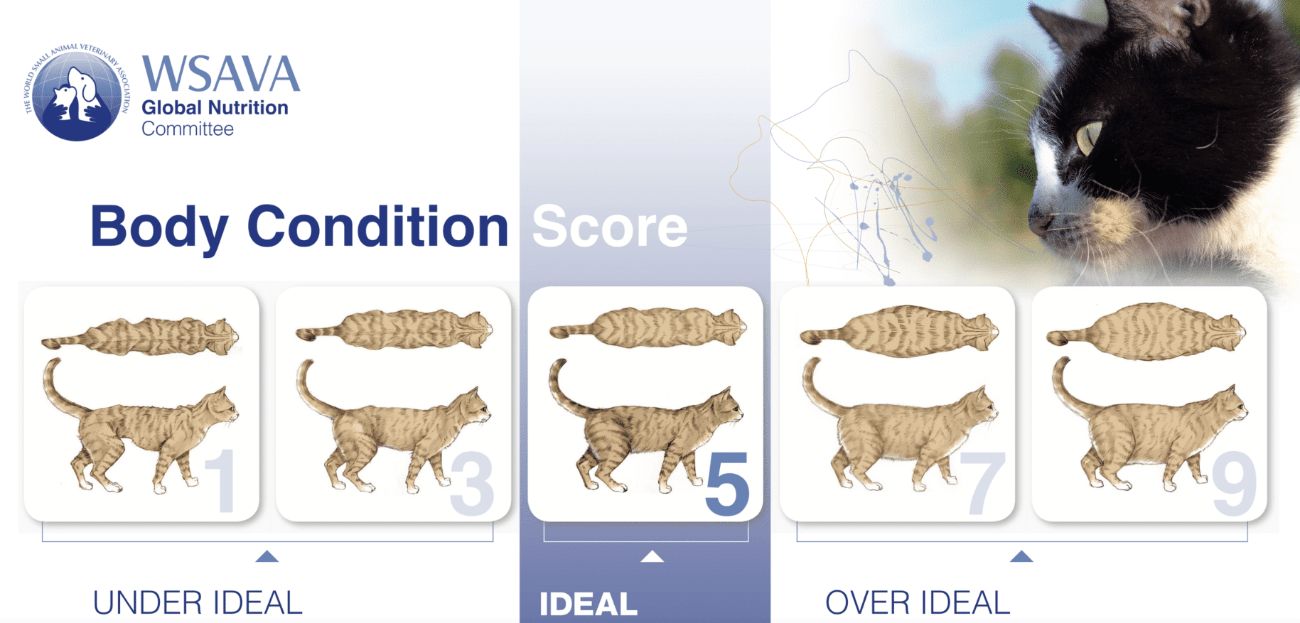
- Emaciated - On shorthaired cats, the bones protrude prominently and there is little to no muscle or fat covering them.
- Very Underweight - Bones are still easily visible on shorthaired cats, with very little fat cover. Their tummy tucks behind the ribs when viewed from the side.
- Slightly Underweight - Ribs can be felt easily and may be visible, and there is an obvious waist behind the ribs.
- Ideal - Ribs are easily felt with minimal fat covering them, and there is a very slight tuck where their tummy goes behind their ribs.
- Ideal - Ribs can be felt with slight pressure. Primordial pouch (tummy fat) is minimal.
- Slightly Overweight - Bones can still be felt, but there is a layer of fat covering them. Primordial pouch can be felt but is not obvious.
- Overweight - Ribs are difficult to feel due to a moderate layer of fat. Waist is barely visible.
- Obese - Ribs cannot be felt due to a very heavy covering of fat. Waist is not visible and primordial pouch is prominent.
- Grossly Obese - Huge amounts of fat around the cat’s tummy, face, and legs. Abdomen large and noticeably round.
It’s important to note that some breeds have a unique body shape and muscle mass that may make BCS less accurate, so consulting with a veterinarian is always recommended.
Calculating the Calorie Content of Your Cat’s Food
To ensure your cat’s calorie intake is appropriate, you need to know the calorie content of their food. Most commercial cat foods will list the calorie content on the packaging (often shown as ‘kcal’), in which case, you can work out a portion size yourself based on your cat’s daily energy requirements. For example, if your cat needs 200 calories per day and their food contains 100 calories per ounce, they’ll need a total 2oz of food per day. That’s assuming you don’t give them any treats, which definitely do count towards that total!
If the exact calorie content isn’t available for whatever reason - or if you’re curious to see how accurate our calculator is! - you can estimate it using data about the food’s nutritional composition. This is typically shown on the packaging as the ‘Guaranteed Analysis’ - you’ll want to look out for the following percentages:
| Crude Protein | A crucial nutrient that helps cats grow strong muscles and maintain a healthy immune system - it is measured by analysing how much nitrogen is present in the food. |
| Crude Fat | A source of energy and essential fatty acids that are needed for a healthy coat and skin, the crude fat content is measured using an ether solvent. |
| Crude Fiber | Indigestable plant matter that helps support gut health and encourage regular bowel movements. |
| Crude Ash | The mineral content of your pet’s food, so called because if you burned your cat’s food, this inorganic matter is what would be left behind as ash. |
| Moisture | The amount of water present in the food. |
Using this information, our calculator will first estimate the nutritional value of the food on a dry matter basis. From this, we can extrapolate the metabolisable energy (ME) of the food, meaning the number of calories your cat will be able to absorb from the food.
It’s also important to note that while calorie count is important, it’s not the only factor to consider when choosing a food for your cat. The quality of the ingredients, the source of protein and fat are also important. If you are unsure about the quality of the food, consult with a veterinarian or a professional in animal nutrition.
Fun Ways to Help Lazy Cats Lose Weight
Losing weight can be tough for cats, especially if they’re older and used to being a ‘couch cat’! But don’t worry, no matter how sedentary your feline friend, there are plenty of fun ways to encourage them to get moving and lose some of those extra pounds.
- Cat toys: Encourage your cat to exercise by playing with interactive toys such as feather wands, puzzle feeders, or laser pointers (most cats love these).
- Hide and seek: Hide treats around the house and let your cat search for them. This will get them up and moving, and provide added mental stimulation.
- Food puzzles: Offer your cat’s meals in puzzle feeders or slow feeders, which will encourage them to work for their food and help them feel more satisfied with smaller portions.
- Build a cat tree: Create a fun and interactive environment by building a cat tree with scratching posts, perches, and hidey-holes. Your cat will love climbing, jumping, and scratching.
- Catnip: Catnip is a great motivator for cats and can be used to entice them to play and move around.
Remember, the key is to make weight loss fun and enjoyable for both you and your cat. With a little creativity, you should be able to help them get closer to their ideal weight and perhaps even add a few more years to their life in the process.
About YourPaws.com
Here on Your Paws, I build science-backed tools for pet owners. You'll also find vet-checked answers to common questions and in-depth reviews of food and toys, all designed to help you make the right decisions for happy, healthy pets. Read more about the site.
The content on this website is intended to be informative, but it should not be taken as a substitute for personal advice from your vet. See our editorial policy and disclosure to learn more.

